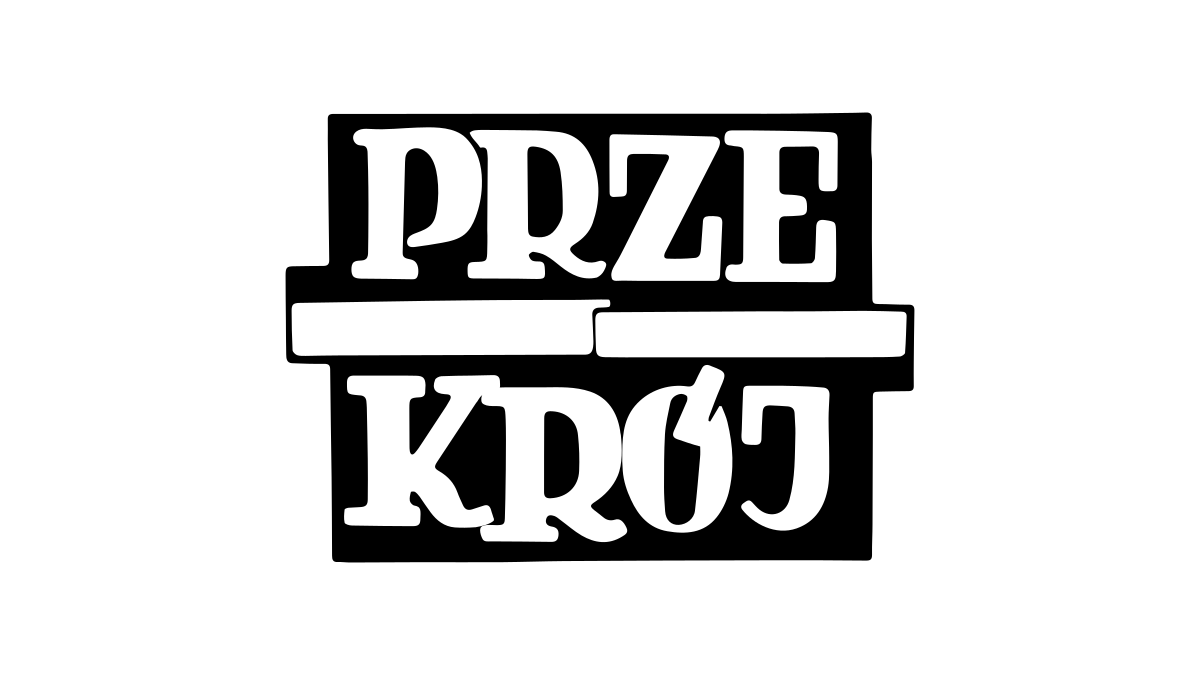
An electrical fitter in his youth, then a world-class nuclear physicist, co-inventor of the American atomic bomb. And finally, a tireless activist for peace. This is the Polish Nobel Prize winner Józef Rotblat.
In August, we mark the next anniversary of America dropping the atomic bombs on Hiroshima and Nagasaki. These bombs (just two of them) killed 200,000 people. It is a sad anniversary – of both the genius and the thoughtlessness of the human species.
When the dust was settling on the razed ground of Hiroshima, scientists – the inventors of the bomb – were opening champagne bottles in a restaurant in Santa Fe. The Polish physicist Józef Rotblat was not with them, having left the team a year earlier. Rotblat didn’t welcome the success; he didn’t celebrate. And yet it is his story that is probably the most deserving of being told. The path taken by this son of a Warsaw cart driver – from his job as an electrician to his work on the Manhattan Project, to the Nobel Peace Prize – is full of amazing twists and turns.
He failed, but still passed
When Józef is born in 1908 at 64 Miła Street in Warsaw, his family belongs to some of the wealthiest Jewish families in the city. Zelman Rotblat, Józef’s father, owns a transport company. He hires coachmen, he owns a stable – something like a holding in the middle of the city. Most of his earnings come from transporting paper from the railway station to the printing houses of Warsaw. The family can afford a large apartment and a tutor for Ewa, Józef’s older sister. His father dreams of Józef becoming a rabbi, and so sends him to the cheder. But after two years of study, Józef tells his father that it isn’t for him, that he’s an atheist. He leaves school.
At the age of seven, Józef witnesses how








